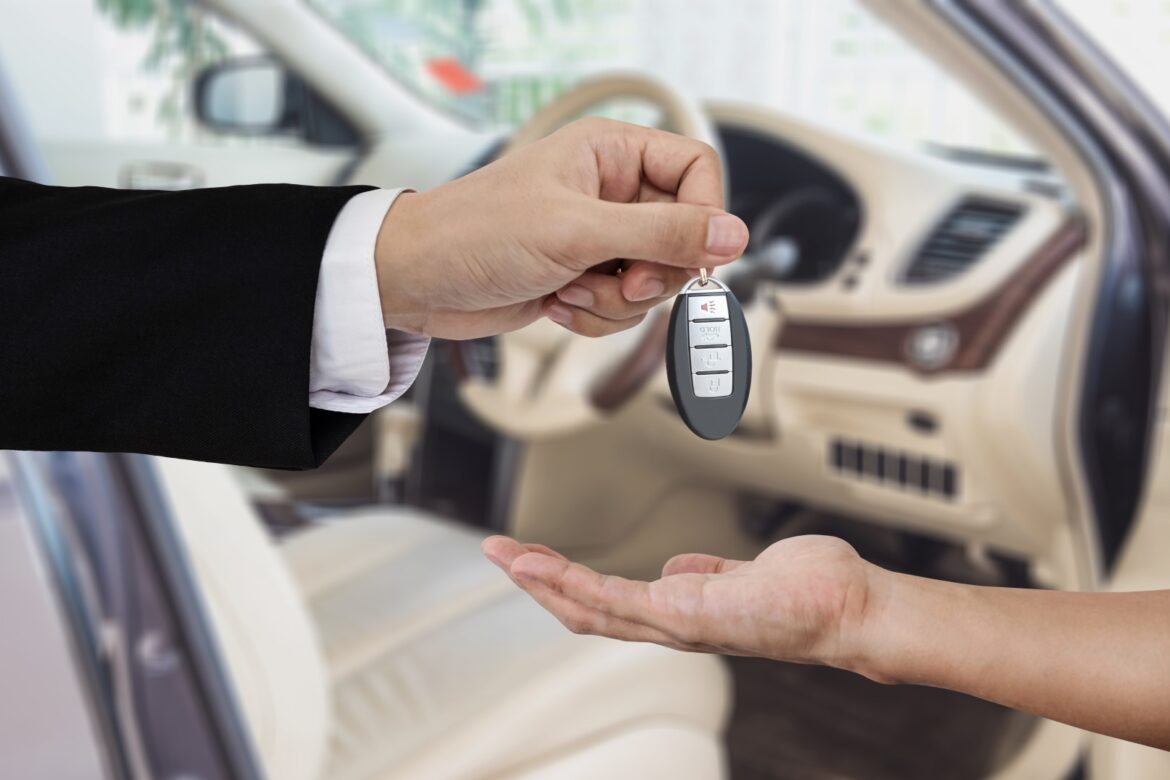Buying a car is a significant investment, and it’s important to make an informed decision when choosing whether to buy a brand-new car or a second-hand car. There are pros and cons to each option, and in this article, we’ll explore the pros and cons of buying a second-hand car.

Pros of Buying a Second-Hand Car:
Cost-effective
The most significant advantage of buying a second-hand car is the cost savings. Used cars are typically less expensive than new cars, and you can often find a well-maintained used car for a fraction of the cost of a new car. This is particularly beneficial if you’re on a tight budget or looking for a car for a new driver in the family.
Depreciation
New cars depreciate quickly, losing a significant portion of their value in the first few years. With a second-hand car, much of the depreciation has already occurred, meaning that the car will likely hold its value better over time.
Wider Range of Options
When buying a second-hand car, you have a wider range of options to choose from. You can choose from cars that are no longer in production or find a rare model that may not be available as a new car.
Lower Insurance Costs
Insuring a second-hand car is typically less expensive than insuring a new car. The cost of insurance is often based on the value of the car, so a lower value car will generally have lower insurance premiums.
Cons of Buying a Second-Hand Car:
Risk of Hidden Problems
One of the biggest drawbacks of buying a second-hand car is the risk of hidden problems. While many used cars are in good condition, others may have hidden issues that aren’t immediately apparent. This can lead to costly repairs down the line, which can quickly negate any cost savings from buying a used car.
Limited Warranty Coverage
Used cars typically have limited or no warranty coverage, which means that any repairs or maintenance costs will be out of pocket. This can be a significant financial burden if the car requires major repairs shortly after purchase.
Higher Maintenance Costs
Older cars generally require more maintenance and repairs than newer cars. This can result in higher maintenance costs, which can add up over time.
Limited Technology Features
Second-hand cars may not have the same technology features as newer cars, such as advanced safety features, entertainment systems, and other modern amenities. This can be a significant disadvantage if you value these features in a car.

Tips for Buying a Second-Hand Car:
Research the Car’s History
Before buying a second-hand car, it’s important to research the car’s history. This includes checking the car’s maintenance records, accident history, and any recalls that may have been issued.
Have the Car Inspected
It’s also important to have the car inspected by a mechanic before making a purchase. A mechanic can identify any hidden problems that may not be apparent during a test drive.
Check the Car’s Value
Research the value of the car you’re interested in buying to ensure that you’re getting a fair price. There are several online resources, such as Kelley Blue Book, that can help you determine the value of a used car.
Negotiate the Price
When buying a second-hand car, it’s often possible to negotiate the price. Use the car’s history and value as leverage to negotiate a lower price.
Conclusion:
Buying a second-hand car has its pros and cons, and it’s important to carefully consider these factors when making a decision. While cost savings and a wider range of options are significant advantages of buying a second-hand car, there are also potential risks, such as hidden problems and higher maintenance costs. By researching the car’s history, one can gain a better understanding to make the right decision.

